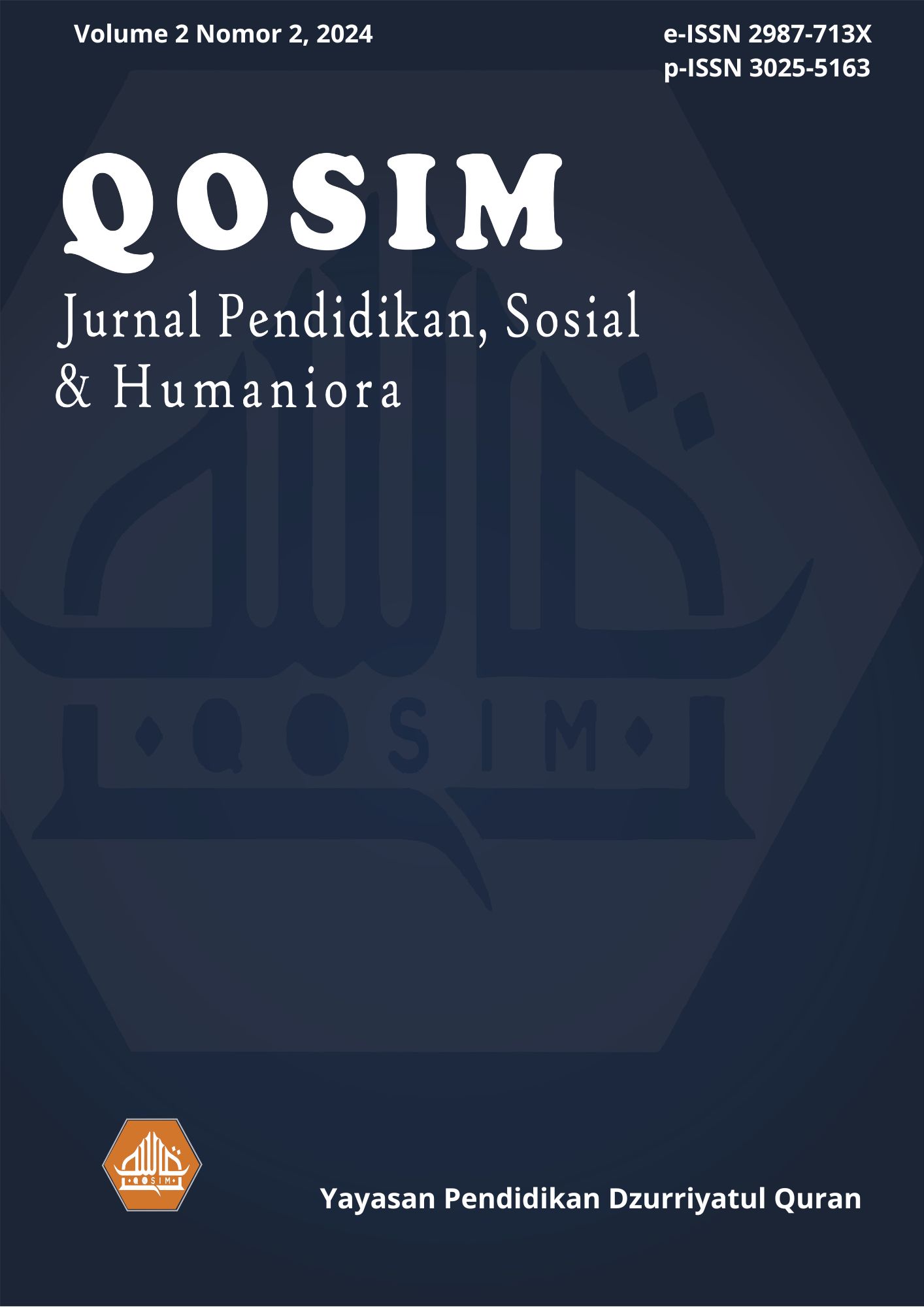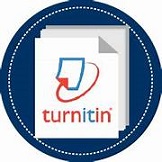Implementing Genre-Based Writing in English Language Teaching Strategies, Challenges, and Solutions
DOI:
https://doi.org/10.61104/jq.v2i2.1957Keywords:
Genre-Based Writing, English Language Teaching, Strategies, ChallengesAbstract
Writing is considered the most complex skill in English language learning as it requires learners to generate, organize, and articulate ideas into coherent texts. This study aims to examine the implementation of the Genre-Based Writing Approach (GBWA) in English language teaching by identifying strategies, challenges, and possible solutions. A qualitative descriptive design was employed using classroom observations, semi-structured interviews, and document analysis of students’ writing. Data were analyzed thematically to capture recurring patterns in instructional practices, difficulties encountered by teachers and learners, and potential solutions for improvement. The findings indicate that strategies such as scaffolding, the use of model texts, collaborative learning, and digital resources significantly enhance students’ writing competence, although teacher expertise, student resistance, and institutional constraints remain major obstacles. The results highlight the importance of teacher training, curriculum reform, assessment alignment, and institutional support for effective implementation of GBWA. The implications of this research provide practical insights for teachers, curriculum designers, and policymakers in enhancing genre-based writing instruction in EFL contexts
Downloads
References
Bacha, N. N. (2010). Teaching the academic argument in a university EFL environment. Journal of English for Academic Purposes, 9(3), 229–241. https://doi.org/10.1016/j.jeap.2010.05.001
Basturkmen, H. (2021). Genre-based teaching in English for Specific Purposes. Language Teaching, 54(1), 1–15. https://doi.org/10.1017/S0261444820000282
Borg, S. (2015). Teacher cognition and language education: Research and practice. London: Bloomsbury Academic.
Cheng, Y. S. (2006). Negative academic emotions in language learning: The role of classroom anxiety and fear of negative evaluation. Language Learning, 56(2), 327–368. https://doi.org/10.1111/j.0023-8333.2006.00331.x
Derewianka, B., & Jones, P. (2016). Teaching language in context (2nd ed.). South Melbourne: Oxford University Press.
Flowerdew, J. (2015). Discourse in English language education. London: Routledge.
Grabe, W., & Zhang, C. (2013). Reading and writing together: A critical component of English for academic purposes teaching and learning. TESOL Journal, 4(1), 9–24. https://doi.org/10.1002/tesj.65
Hirvela, A. (2016). Connecting reading and writing in second language writing instruction. Annals of Dyslexia, 66(1), 1–20. https://doi.org/10.1007/s11881-015-0105-7
Huang, L. S. (2014). Assessing genre-based writing in EFL contexts. Assessing Writing, 22, 75–91. https://doi.org/10.1016/j.asw.2014.03.002
Hyland, K. (2003). Second language writing. Cambridge: Cambridge University Press.
Hyland, K. (2019). Genre and second language writing. Language Teaching, 52(4), 527–544. https://doi.org/10.1017/S0261444819000219
Jewitt, C., Bezemer, J., & O’Halloran, K. (2016). Introducing multimodality. London: Routledge.
Johns, A. M. (2017). Genre in the classroom: Multiple perspectives. New York: Routledge.
Kaplan, R. B. (2012). Contrastive rhetoric: Implications for writing in English as a second language. In K. Hyland & F. Hyland (Eds.), Feedback in second language writing (pp. 1–19). Cambridge: Cambridge University Press.
Kim, Y. (2019). Collaborative writing in English as a foreign language: Learners’ perceptions and participation. System, 82, 39–50. https://doi.org/10.1016/j.system.2019.03.006
Little, D. (2012). Language learner autonomy: Some fundamental considerations revisited. Innovation in Language Learning and Teaching, 6(1), 1–13. https://doi.org/10.1080/17501229.2011.577529
Martin, J. R., & Rose, D. (2008). Genre relations: Mapping culture. London: Equinox.
Nation, I. S. P. (2009). Teaching ESL/EFL reading and writing. New York: Routledge.
Nguyen, H. T. M. (2020). The impact of portfolio-based learning on EFL students’ writing development. Asian EFL Journal, 27(2.1), 140–160.
Nguyen, H. T. M., & Burns, A. (2017). Teacher language proficiency and classroom language use in EMI: A Vietnamese case study. Language Teaching Research, 21(5), 617–634. https://doi.org/10.1177/1362168816639617
Rose, D., & Martin, J. R. (2012). Learning to write, reading to learn: Genre, knowledge and pedagogy in the Sydney School. Sheffield: Equinox.
Tardy, C. M. (2009). Building genre knowledge. West Lafayette: Parlor Press.
Tomlinson, C. A. (2014). The differentiated classroom: Responding to the needs of all learners (2nd ed.). Alexandria, VA: ASCD.
Wyatt, M., & Ager, E. (2017). Teachers’ reflections on learning English as a foreign language in Oman. TESOL Journal, 8(3), 623–648. https://doi.org/10.1002/tesj.291
Yasuda, S. (2011). Genre-based tasks in foreign language writing: Developing writers’ genre awareness, linguistic knowledge, and writing competence. Journal of Second Language Writing, 20(2), 111–133. https://doi.org/10.1016/j.jslw.2011.03.001
Zhang, L. J., & Hyland, K. (2018). Exploring L2 writers’ collaborative feedback processes. Journal of Second Language Writing, 42, 1–12. https://doi.org/10.1016/j.jslw.2018.07.003
Downloads
Published
How to Cite
Issue
Section
License
Copyright (c) 2024 Nur Istiqamah

This work is licensed under a Creative Commons Attribution-ShareAlike 4.0 International License.











 This work is licensed under a
This work is licensed under a 